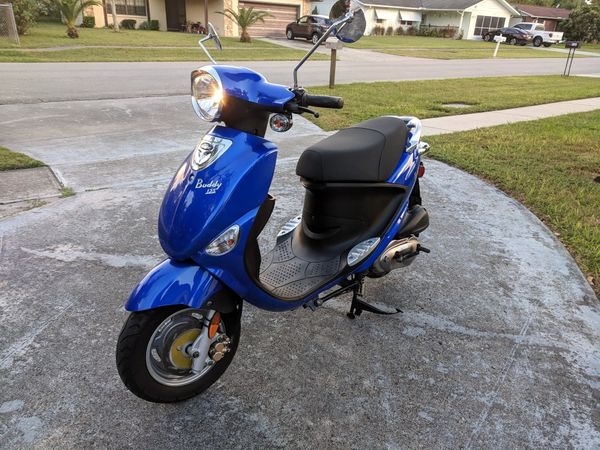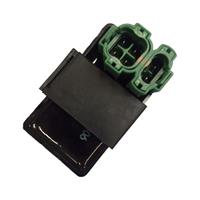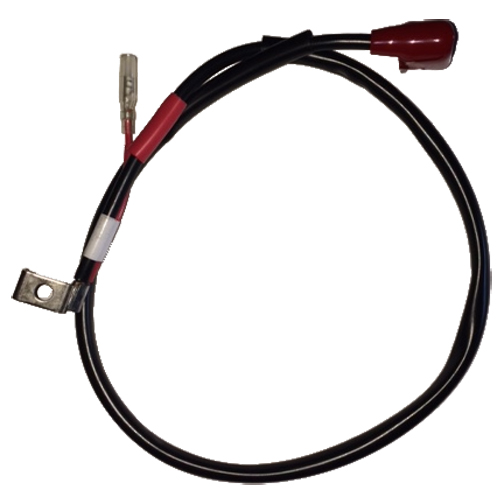


Let’s go into more detail regarding the starting process so that you’ll be able to identify points of failure. You also need to make sure that the scooter has gas and that the battery isn’t drained, of course. So, to get your scooter to start with an electric starter, the following components need to work in harmony:

Pressing the starter button completes a circuit between the battery and the spark plug and also a circuit between the battery and the compressor, and turning the ignition opens the fuel valve. Your actions each affect a different component of the scooter, though.ĭisabling the engine kill switch removes a physical barrier to forming compression within the engine. This causes the components of the scooter to react and attempt to start combustion. Your input is to turn the ignition, to disable the engine kill switch, and to press the starter button. It’s important that you understand that your scooter’s engine has two different states: successful perpetuating combustion, and being off.įor your scooter to start successfully with an electric starter, your scooter needs to activate the components in the right order after receiving the correct input from you. The scooter’s components have to work together in harmony to both start and then to sustain the starting reaction to run. In this article, we’ll go over why your scooter might not be starting and give you a few tricks regarding what to do before taking it into the shop. A fully charged FLA scooter battery should be around 12.6V.If your gas-powered scooter isn’t starting using an electric starter, you’re probably desperate to find a solution which doesn’t involve taking your scooter to the shop or making expensive repairs. When cranking the starter, the voltage should not fall much below 11V. If it's much lower than that, then the stator and/or voltage regulator is bad, or possibly the idle speed is set too low. If it's much higher than that, the voltage regulator is bad. The charging voltage should be about 13.5 to 14.4V. If you've fully charged the battery and none of the gauges or lights do anything when you turn on the key, then the problem could be a blown fuse or other things, like a short circuit, open circuit, bad battery cables, or loose battery connections.Ī multimeter can be helpful to trace electrical problems and to see if the charging voltage is correct when the engine is running. If your gauges and lights briefly light up when you turn the key on, then the problem is definitely not a blown fuse, it's a discharged battery. You can't just check the voltage because a bad battery can show a good voltage but not sustain that voltage under a heavy load. You can't tell the condition of the battery until you properly charge it and test it under a heavy load that's similar to what your starter motor requires. So even if your battery "was" new, it could still be fully discharged, and depending on the time that it was left discharged (without you knowing it was), the battery can be junk now and not able to hold a charge. Your scooter seems to be running fine, but at some point when you stop and turn off the engine, the gauges and everything try to work and then quickly die as the voltage of the battery drops. How do you know when this happens? Well, in exactly the situation you describe. If the scooters charging system or voltage regulator start to fail and don't charge your battery enough, your battery could be draining every time you use it and become fully discharged. This can happen with no obvious indication in advance because scooters don't show the voltage, charge state, or charging/discharging current/amps. Normal cheap flooded lead-acid (FLA) scooter batteries are very sensitive and easy to kill by leaving them heavily discharged for even small periods of time, like just overnight or for a day or two. There are some common problems that will quickly and permanently kill a new scooter battery.


 0 kommentar(er)
0 kommentar(er)
